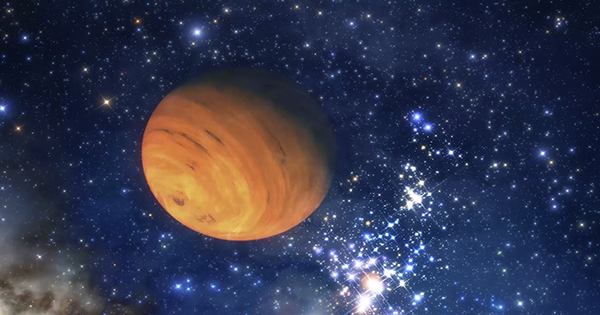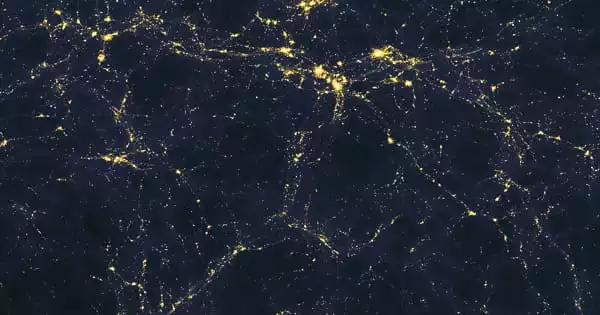According to a new analysis, at least three of the objects previously thought to be planets circling other stars are actually tiny stars. These aren’t the only errors found in exoplanet catalogs. Nonetheless, it’s a failure rate of less than 0.1 percent out of 5,000 verified finds. The wonderful thing about science is that it corrects itself, albeit slowly at times. However, in order to do so, you must first get things wrong, which appears to be the case with observations made by the Kepler Space Telescope.
Three objects identified during Kepler’s mission that were previously classed as planets have now been shown to be tiny stars in the Astronomical Journal. Another person may have been categorised incorrectly in the same way. The problem isn’t with our stars or even with Kepler; it’s with the confirmation program. The brightness of hundreds of thousands of stars was regularly recorded by Kepler, and the data was analyzed for dips that may suggest a planet blocking a small portion of the star’s light.

Even when frequent dips suggestive of a planet were discovered, they were merely referred to as “planetary candidates.” Over 5,000 such candidates have been discovered in Kepler and TESS data but have yet to be included to databases of known exoplanets.
These candidates were only designated as official exoplanets after more research to rule out alternate causes. Initially, this entailed probing for star motions caused by the alleged planet’s gravitational pull. Unfortunately, because this is a time-consuming operation that necessitates the use of some of the world’s biggest telescopes, statistical validation approaches have stepped in. However, it appears that these confirmations slipped up in the cases of Kepler-854b, Kepler-840b, and Kepler-699b (not to be confused with GJ 699b, best known as the planet around Barnard’s star).
According to the authors, the difficulty is that these three objects are just too big to be planets. In a statement, MIT graduate student Prajwal Niraula remarked, “Most exoplanets are Jupiter-sized or considerably smaller.” “A planet twice the size of Jupiter is already suspect.” There can’t be a planet bigger than that, which is what we discovered.” Niraula is referring to planetary radii, which are eight times greater in volume than Jupiter.
A fourth “planet,” Kepler-747b, resides in the star/planet borderlands at 1.8 times Jupiter’s radius. None of these ex-planets (as opposed to exoplanets) has previously gained any notoriety. They were plainly too big to support life, and none had been recognized as having unusual characteristics like pouring iron, so some may wonder why the adjustment is important.
“People rely on this list to research the population of planets as a whole,” said Dr. Avi Shporer, one of the study’s authors. Your results may be erroneous if you utilize a sample with a few interlopers. As a result, it’s critical that the planet list isn’t tainted.” The discovery was made when Niraula applied data from the Gaia space telescope to the parental star Kepler-854, revealing that it was significantly more distant and thus larger than measurements made at the time of the “planet’s” discovery, indicating that it was significantly more distant and thus larger than less accurate measurements made at the time of the “planet’s” discovery. The authors determined that its partner is three times the size of Jupiter based on new information.
“There’s no possibility in the cosmos that a planet that big could exist,” Shporer added. “It’s just not there.” After confirming that Kepler-854b is really Kepler-854B (the capital letter denoting a star), the researchers started to look for more comparable occurrences, which led to the finding of the other two, probably three ex-planets.
















